Cultural Revival
The resurgence of traditional building techniques is influencing the Earthen Plaster Market. Many regions are experiencing a cultural revival, where local artisans and builders are re-embracing age-old methods of construction, including the use of earthen plaster. This trend is particularly evident in areas with rich architectural heritage, where communities seek to preserve their cultural identity. The market data indicates that regions with a strong emphasis on heritage conservation are seeing increased demand for earthen plaster, as it is often used in restoration projects. This cultural revival not only supports local economies but also enhances the visibility of earthen plaster as a viable building material. Consequently, the Earthen Plaster Market is benefiting from this renewed interest in traditional craftsmanship and sustainable practices.
Sustainability Focus
The increasing emphasis on sustainable building materials is a primary driver for the Earthen Plaster Market. As environmental concerns rise, consumers and builders are gravitating towards eco-friendly options. Earthen plaster, made from natural materials, aligns with this trend, offering a biodegradable alternative to synthetic plasters. The market for sustainable construction materials is projected to grow significantly, with estimates suggesting a compound annual growth rate of over 10% in the coming years. This shift towards sustainability not only enhances the appeal of earthen plaster but also encourages manufacturers to innovate and improve their product offerings. As a result, the Earthen Plaster Market is likely to witness a surge in demand, driven by both consumer preferences and regulatory frameworks promoting green building practices.
Health and Wellness Trends
The growing awareness of health and wellness is emerging as a significant driver for the Earthen Plaster Market. Consumers are increasingly concerned about indoor air quality and the potential health impacts of synthetic materials. Earthen plaster, known for its breathability and natural composition, offers a healthier alternative for interior spaces. Market Research Future indicates that the demand for non-toxic and low-VOC materials is on the rise, with consumers willing to invest in products that promote well-being. This trend is particularly pronounced in residential construction, where homeowners prioritize creating safe and healthy living environments. As a result, the Earthen Plaster Market is likely to experience growth as more builders and homeowners recognize the health benefits associated with using natural materials.
Technological Advancements
Technological innovations in the construction sector are playing a crucial role in shaping the Earthen Plaster Market. Advances in material science and application techniques have enhanced the performance and durability of earthen plaster, making it a more attractive option for modern construction. New formulations and additives are being developed to improve the plaster's resistance to moisture and cracking, thereby expanding its applicability in various climates. Additionally, the integration of digital tools for design and application is streamlining the use of earthen plaster in both residential and commercial projects. Market data suggests that the adoption of these technologies is likely to increase the overall market share of earthen plaster, as builders seek efficient and effective solutions. Consequently, the Earthen Plaster Market stands to benefit from these advancements, which may lead to broader acceptance and usage.
Regulatory Support for Green Building
Regulatory frameworks promoting green building practices are significantly influencing the Earthen Plaster Market. Governments and local authorities are increasingly implementing policies that encourage the use of sustainable materials in construction. Incentives such as tax breaks, grants, and certifications for green buildings are driving demand for eco-friendly options like earthen plaster. Market analysis indicates that regions with stringent building codes favoring sustainable practices are witnessing a notable increase in the adoption of earthen plaster. This regulatory support not only enhances the market potential for earthen plaster but also encourages manufacturers to invest in research and development. As a result, the Earthen Plaster Market is likely to thrive in an environment where sustainability is prioritized through policy measures.


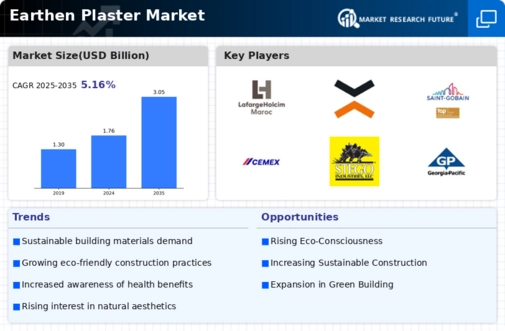
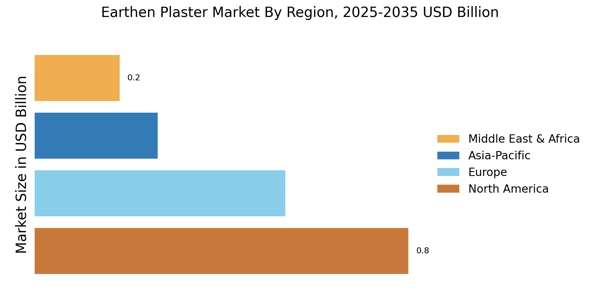
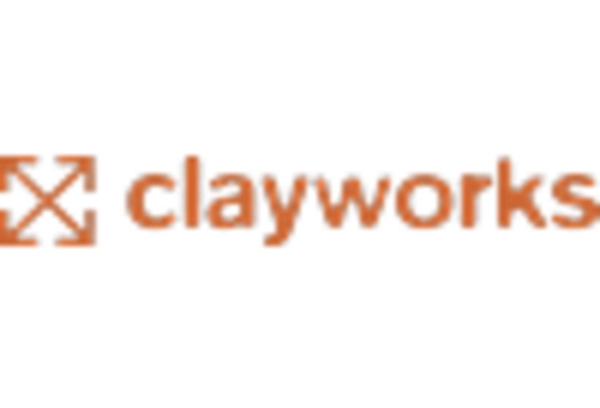
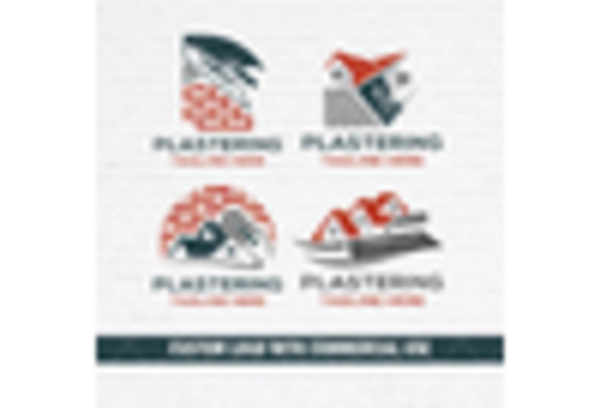
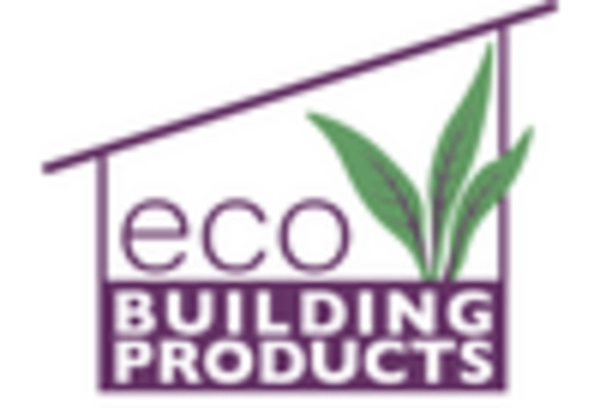
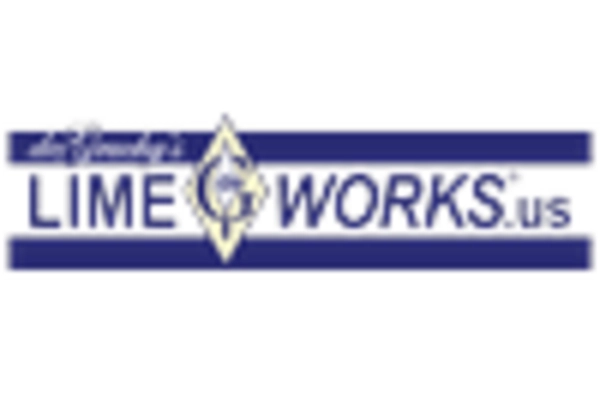










Leave a Comment